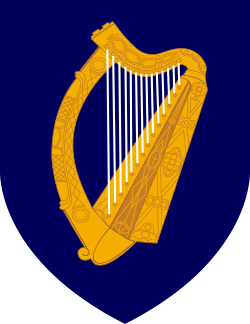This article needs additional citations for verification .(January 2014) |
| Local Government Act 2001 | |
|---|---|
 | |
| Oireachtas | |
| |
| Citation | No. 37 of 2001 |
| Signed | 21 July 2001 |
| Commenced | Various dates |
| Legislative history | |
| Bill citation | No. 23 of 2000 |
| Introduced by | Minister for Environment and Local Government (Noel Dempsey) |
| Introduced | 4 May 2000 |
| Amended by | |
| Local Government Reform Act 2014 | |
The Local Government Act 2001 (No. 37) was enacted by the Oireachtas on 21 July 2001 to reform local government in Ireland. Most of the provisions of the Act came into operation on 1 January 2002. The act was a restatement and amendment of previous legislation, which was centred on the Local Government (Ireland) Act 1898. The 2001 act remains in force, although significantly amended by the Local Government Reform Act 2014.
Contents
- Local government areas
- Local authorities
- Membership of councils
- Directly-elected mayors
- Local Government Commission
- References
- Sources
- Citations
According to the explanatory memorandum issued before the passing of the Act, its purposes were to:
- enhance the role of the elected member,
- support community involvement with local authorities in a more participative local democracy,
- modernise local government legislation, and provide the framework for new financial management systems and other procedures to promote efficiency and effectiveness,
- underpin generally the programme of local government renewal.